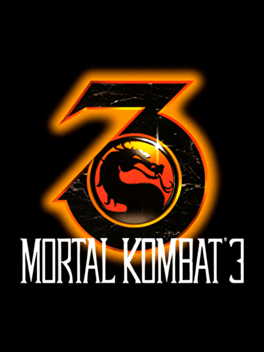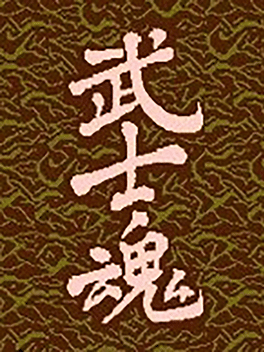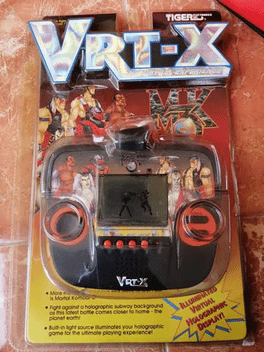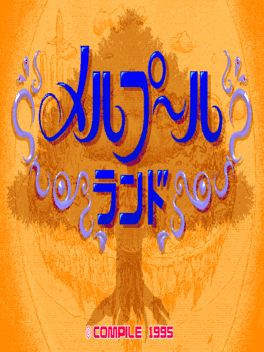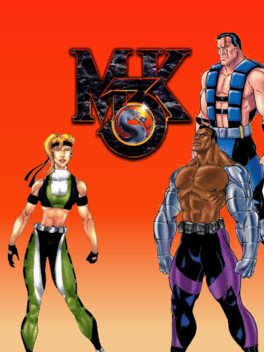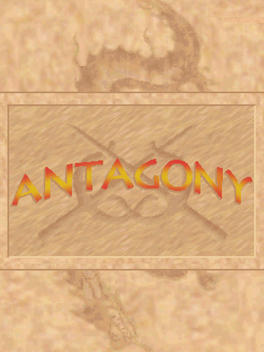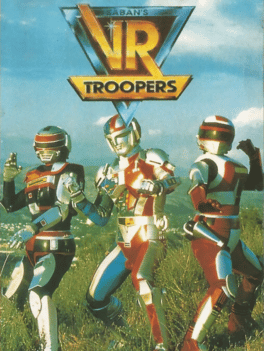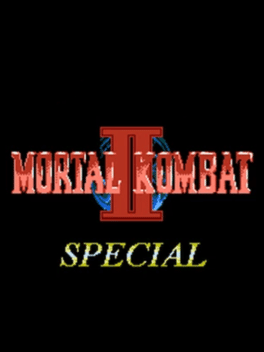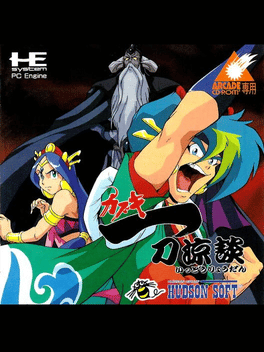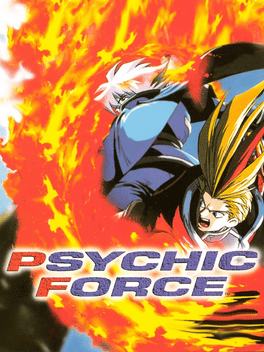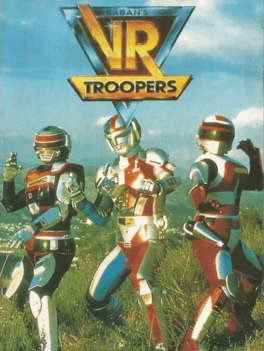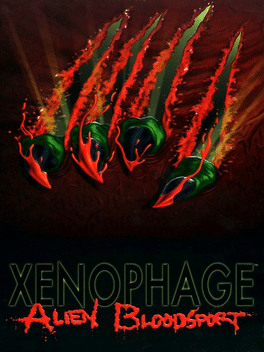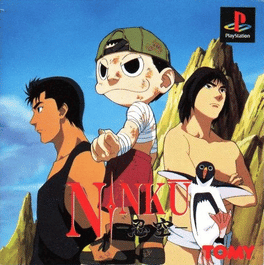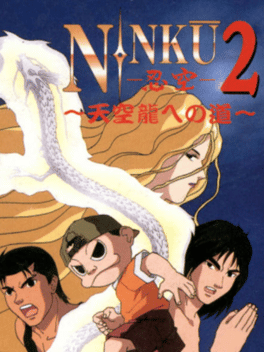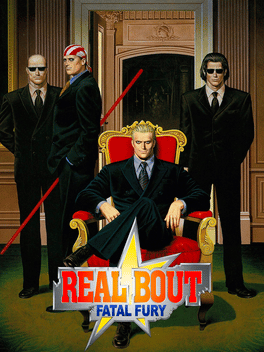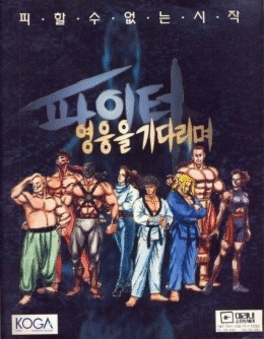New Nintendo 64 Games - Page 86
-
Mortal Kombat 3
1995
Mortal Kombat 3
1995
The Master System port of Mortal Kombat 3 is based on the Game Gear version, but it isn't censored like the portable port. -
Mortal Kombat 3
1995
-
Wu Shi Hun
1995
Wu Shi Hun
1995
Wu Shi Hun, called Samurai Spirits on the label and also released as Samurai Shodown III, is a Famicom fighting game based on SNK's Samurai Shodown and developed by Rex Soft. - Version 1 has only Nakoruru, Ukyo, Haohmaru, and Charlotte; - Samurai Shodown III version allows two players to pick same of these four characters; - Version 2 adds Jubei, Kyoshiro, Galford, and Wan-Fu. -
Mortal Kombat 3
1995
Mortal Kombat 3
1995
The VRT-X Mortal Kombat 3 handheld electronic game was released by Tiger Electronics in 1995. -
Primal Rage
1995
-
Melpool Land
1995
Melpool Land
1995
Melpool Land is essentially an overhead fighting game between two characters in a small area. Each of the five characters is armed with two objects that they can use to hit their opponent or block attacks as if they were boxing gloves. The first player to reach three wins is the victor and it's possible to win by either emptying the opponent's life meter or by knocking them out of the stage. It is also possible to destroy the opponent's means of attack since they have their own health meters, leaving the opponent unable to do anything except try to ram their opponent off the stage. Arenas have holes and traps to look out for, such as bumpers and tiles that damage you, but there are no items or other abilities available. The story of the game is framed around a tournament hosted by a goddess that offers the winner anything they desire. Each character gets their own ending if you can complete the single player mode with them. A local multiplayer option is also available for two players. -
Mortal Kombat 3
1995
Mortal Kombat 3
1995
The Mortal Kombat 3 R-Zone port is a highly simplified version of the iconic arcade fighting game, originally released for the Tiger Electronics R-Zone handheld system in the mid-1990s. Unlike its console or arcade counterparts, this port features drastically reduced graphics and gameplay elements due to the limitations of the R-Zone hardware. -
Virtua Fighter
1995
Virtua Fighter
1995
The LCD version of Virtua Fighter is a watered-down version of the arcade game Virtua Fighter created by Tiger Electronics. A Pocket Arcade version was also released. -
Antagony
1995
-
Tough Guy
1995
Tough Guy
1995
Tough Guy is a fighting game similar to Street Fighter. Choose one fighter and travel all over the world to choose and challenge a wide variety of fighters. A unique feature of Tough Guy is that fighters have the ability to refill their health if they are injured. They also have super moves which can inflict a lot of damage on their opponent. -
Saban's VR Troopers
1995
Saban's VR Troopers
1995
VR Troopers is an Action game, developed by Syrox Developments and published by Sega, which was released in 1995. -
Mortal Kombat II Special
1995
Mortal Kombat II Special is a pirated fighting game developed by Hummer Team and published by J.Y. Company. It is based on Mortal Kombat II. The fighting engine is modified from Mortal Kombat II, altering the special moves to make them function like they're supposed to and adding blood. The fatalities, however, are still missing from this game, with the fight simply ending when you win. -
Tengai Makyou: Kabuki Ittou Ryoudan
1995
Tengai Makyou: Kabuki Ittou Ryoudan is a fighting video game and the seventh game in the Tengai Makyou series. It was released on PC Engine CD on February 24, 1995 and was developed by Red Entertainment and Published by Hudson Soft in Japan only. -
Psychic Force
1995
Psychic Force
1995
The plot of Psychic Force takes place in the year 2010, where selected individuals are blessed with the power of psychic abilities. All people imbued with this power are called "Psychiccers" and uses a specific element such as fire, light, wind, electricity, gravity, time, or ice in fighting. Psychiccers are shunned by normal people in general because of their unnatural abilities and that most cases turn violent and deadly from within sight. All of that changes one day when a mysterious Psychiccer organization known as NOA appears and offers Psychiccers a place from within their company. Headed by a young British Psychiccer man named Keith Evans, NOA seeks to create a perfect utopia for Psychiccers and that they'll eliminate anyone who tries to stand in their way. Challenging NOA's ambition is a small independent group known as Anti-NOA and that one of its members, a young American Psychiccer man named Burn Griffiths, seeks to confront and stop his old friend Keith from going through with his extreme plans of cre -
Saban's VR Troopers
1995
Saban's VR Troopers
1995
VR Troopers is a 1995 fighting game based on the American syndicated television series VR Troopers that itself used elements from several different Japanese tokusatsu shows from the Metal Hero Series. The player has three modes to choose from. Story Game, Vs. Battle, and CPU duel. Story Game is a mode where the player can choose from any one of the three VR Troopers to face off against the evil leader Grimlord's mutants and cyborgs and eventually Grimlord. Vs. Battle is a two-player mode where a player and a friend can face off against each other. CPU duel is a simple fight between the player and an opponent controlled by the computer. The player can choose their fighter, and what stage they want to fight on. If the player chooses a fighter and the opponent is the same fighter, the opponents character gets re-skinned a different color. -
Xenophage: Alien BloodSport
1995
The best fighters from around the universe battle in the ultimate tournament. Each win allows you to advance to the next round. Lose, and your homeworld is destroyed. Survival is your only option. Flest ripping, blood sucking, claw slashing, tail whipping, karate kicking, fist ramming, body slamming, blood splurting action... Need we say more? -
Ninku
1995
Ninku
1995
Ninku is a PlayStation game based on the manga of the same name. It consists of anime cutscenes interspersed with one-on-one turn-based battles. -
Ninku 2: Tenkuuryuu he no Michi
1995
Ninku 2: Tenkuryuu he no Michi is a Sega Game Gear sequel to Ninku. -
Real Bout Fatal Fury
1995
Real Bout Fatal Fury
1995
star 7.9Real Bout changes the play controls from the previous Fatal Fury games, reducing the number of attack buttons from four to three: a standard Punch and Kick button, a "Strong Attack" button which can be either a stronger punch or kick attack, depending on the character. The game retains the three-plane "oversway" system from Fatal Fury 3, which features a main lane for fighting, with foreground and background planes used to avoid attacks or leap towards the opponent. A dedicated button is now used to make an "oversway" (or change plane) towards the background or foreground. Real Bout introduces a Power Gauge, which fills up as the player performs normal or special techniques against their opponent or defend themselves, similar to many super move gauges featured in other fighting games. The Power Gauge allows players to perform one of three types of Special Techniques, depending of the level of the Power Gauge. Real Bout also introduces stages with ring-outs, a gameplay feature previously introduced in 3D fighting
